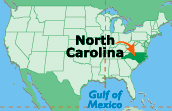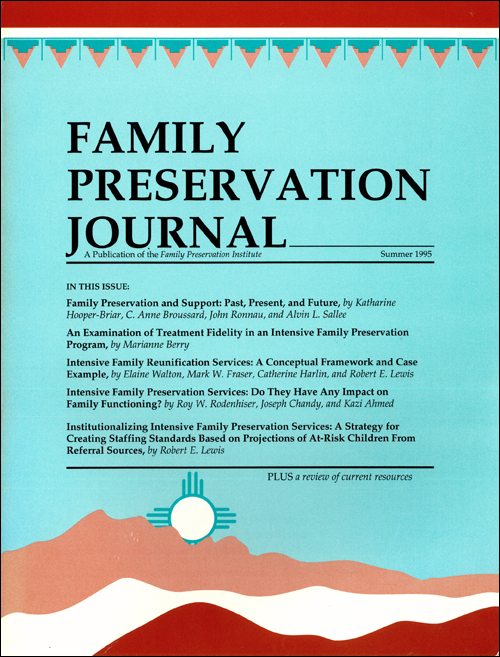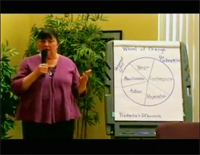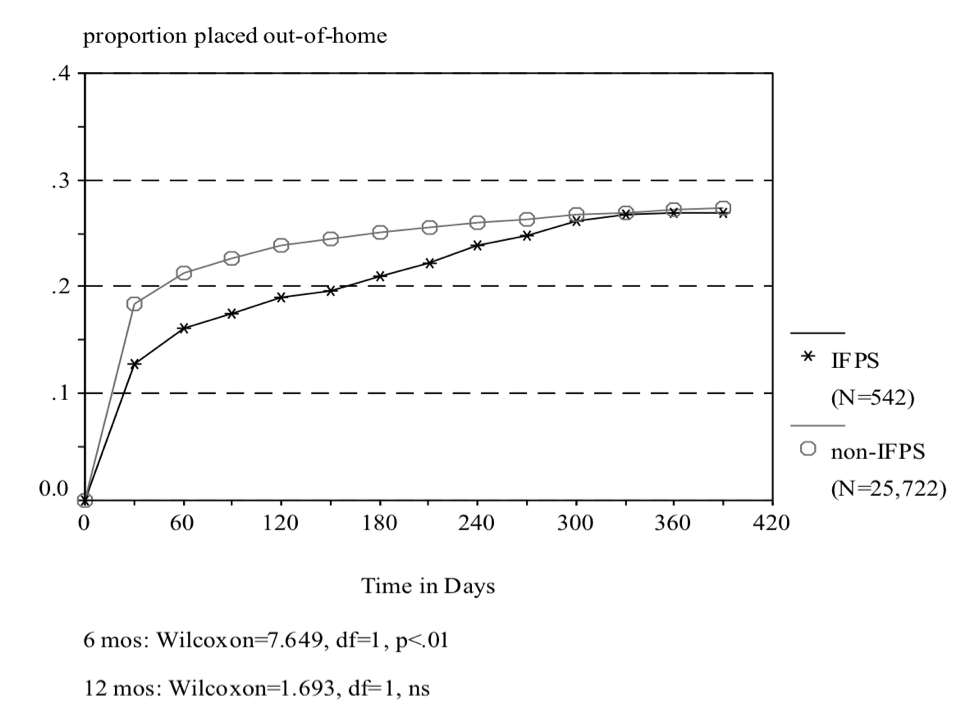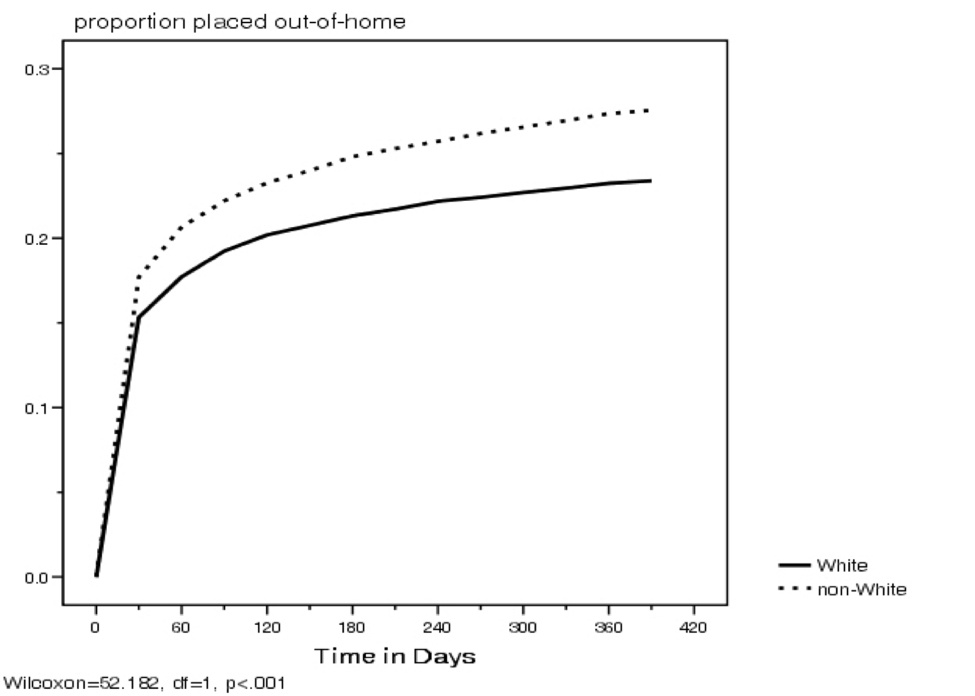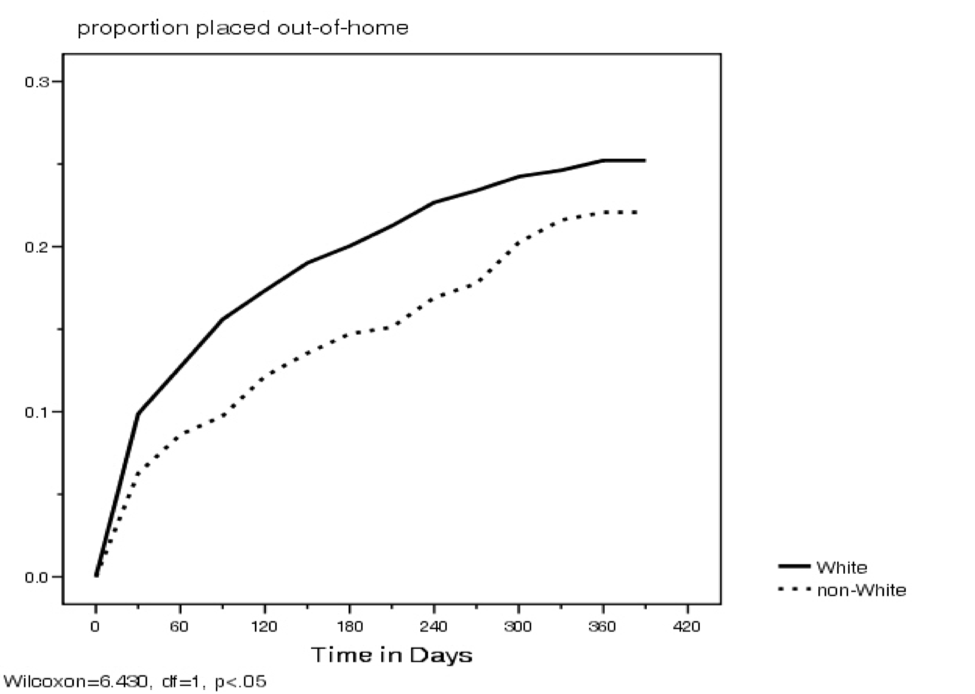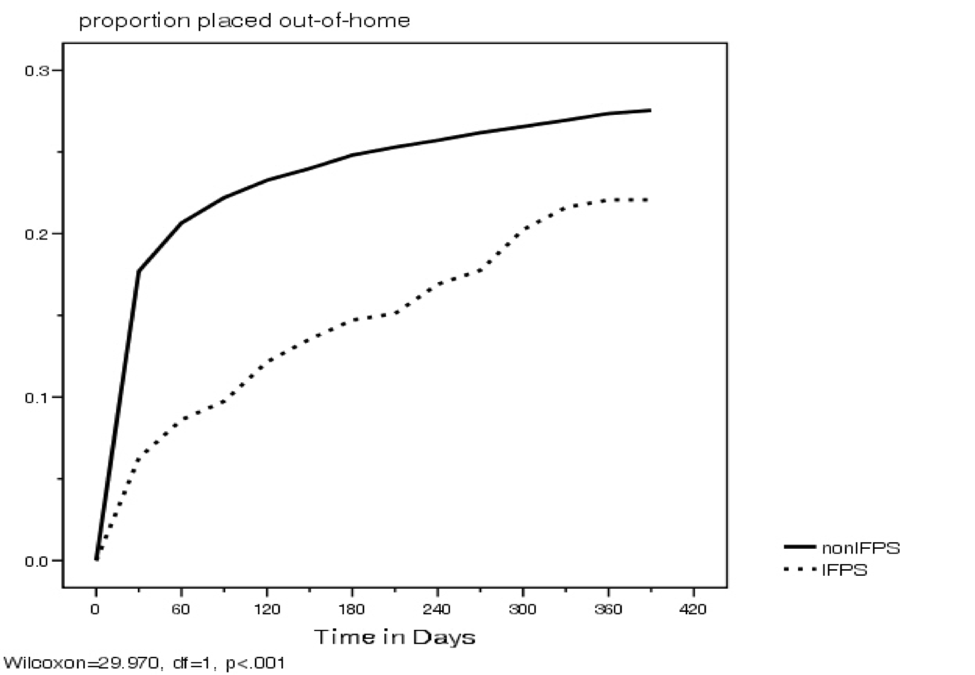(North Carolina is the third in our series of featured IFPS programs. See more at State Profiles.)
1.How long has your state offered IFPS? Share about the history of IFPS in your state.
| IFPS State Administrator: North Carolina’s Intensive Family Preservation, based on the Homebuilders® model, was first offered in North Carolina in October of 1991. In January 1994 an automated data collection system was incorporated as part of provider reporting. The North Carolina Family Assessment Scale (NCFAS V. 1.4) was first implemented during the spring of 1995.North Carolina strives to ensure that IFPS services are as effective as possible. During the spring of 1998, a reliability and validity study of the NCFAS 1.4 was conducted which resulted in the development and implementation of the NCFAS 2.0 which is still used in NC, although we will begin the use of the NCFAS+G by the end of State Fiscal Year (SFY) 2014. In SFY 2000 a retrospective study of the effectiveness of IFPS was conducted and that study indicated that IFPS is effective in preventing or delaying out of home placement in comparison to traditional child welfare services.In part due to findings from the retrospective study, North Carolina revised IFPS policies effective 2001 to standardize the definition of “imminent risk” and restrict referrals to only those from County Divisions of Social Services, Mental Health Agencies and Department of Juvenile Justice. NC also began the process of offering services statewide by dividing the state into regions. Agencies were required to serve all counties in their region by SFY 2004–2005, making IFPS services truly available statewide.From SFY 1992 to 2007 the NC Division of Social Services funded Dr. Ray Kirk to conduct evaluations of the IFPS program including an Annual Report and a Cost-Benefit Analysis. The program was consistently shown to be very cost-effective compared with placement costs had children been placed out of the home. Additionally, for those children who were placed out of home following IFPS, those children typically were served in a more appropriate placement and at a lower level of care than they would have required had they not had IFPS. |
IFPS Provider A: Eckerd has been providing IFPS for over 3 years. Our office is in Lumberton, NC and we serve Region 7 that includes: Anson, Hoke, Moore, Montgomery, Scotland, Richmond, Cumberland, and Johnston Counties.IFPS Provider B: Our agency has been providing IFPS services since 2004. We started with only 2 counties then expanded in 2009/10 to 5 additional counties for a total of 7 counties in our service region. |
2. Why does your state/agency offer IFPS?
| IFPS State Administrator: We offer IFPS as part of our federal award for Social Security Title IVB-2 funding. It is primarily offered to “imminent risk” families who have had child protective services involvement, but some referrals are made from mental health and juvenile justice. IFPS is available to all counties in our state. |
IFPS Provider A: The purpose of our program is to prevent unnecessary placement of children away from their families by providing in-home services aimed at restoring families in crisis to an acceptable level of functioning. These services are designed to: stabilize the crisis which put the child at imminent risk, keep the child, family, and community safe by defusing the potential for violence (physical, sexual, emotional/verbal abuse) and help families develop the skills, competencies and resources they need to handle future crisis situations more effectively.Eckerd’s known for “the first name in second chances.” Eckerd believes every child and family deserves a second chance.IFPS Provider B: The addition of IFPS services to our programming was a natural fit with our agency’s mission of the prevention and treatment of child abuse and neglect. Our agency started in 1997 and had already established prevention/intervention programs. In 2004 we were in need of a model of service that would allow us to expand into treatment. IFPS was the perfect fit for both our mission and our emphasis on a clinical model that would add to our home visitation specialty. |
3. What qualities do you want to see in providers of IFPS, both at the agency and at the therapist level?
| IFPS State Administrator: First and foremost, the ability to provide IFPS with fidelity to the model, which is based on Homebuilders®. In addition, the ability to fulfill documentation and reporting requirements. |
IFPS Provider A: Eckerd hires quality people to work as IFPS workers. Staff is required to have a four year degree in the human service field. The worker must be compassionate, non-judgmental, enjoy working with others, be culturally aware, and be able to work in tough situations in a family’s home.IFPS Provider B: Someone who is able to take each family and their circumstances on their own individual merits. This person should be:
We look for someone who understands child abuse and neglect, trauma integration, and can impart this information on to the family in a strengths-based manner. We also look for someone who is passionate about our overall mission of child abuse and neglect prevention. |
4. What qualities do you look for in an IFPS therapist?
| IFPS State Administrator: Increased safety and stability, improved family functioning and an increase in protective factors |
IFPS Provider A: Positive changes! Families are able to remain intact. Parents learn tools and resources to help them communicate, reward, interact, and positive reinforcement to better their parenting skills. Families are linked with community resources and support systems.IFPS Provider B: Again, each family is different. The most positive changes we see are: the parents are able to identify areas that need improvement(s), can set goals, make progress towards those goals and ultimately maintain the children in their home without the need for out-of-home placement. While this may look different from family to family, I believe there is potential with all families to achieve these changes. |
5. How do you measure success of IFPS services? How successful are IFPS services in your state?
| IFPS State Administrator: We currently use the NCFAS but will soon transition to the NCFAS-G. We also use the FRIENDS Protective Factors Survey. Statewide, at least 80% of families demonstrate improved functioning using these tools. The providers also conduct follow-up at 6 & 12 months after case closure to determine if the family is still safely intact. We don’t have data for this outcome yet. |
IFPS Provider A: Eckerd measures success in our outcomes. We track data and record family progress by administering client satisfaction surveys, client feedback forms, assess whether the family showed improvement in domains measured by the NCFAS pre/post. Eckerd also measures success if the family actively participated and completed the program, and the face to face time requirement was met. Most importantly, if the family remained intact and the child/children did not re-enter foster care within 12 months of case closure.IFPS Provider B: Ultimately I believe the measure of success of IFPS services is that the parents are able to make positive parenting choices that prevent their children from being placed outside of the home. We do this by setting goals at the beginning of services, working towards these goals during the service, and then assessing progress/challenges made at the end of the service. We believe a parent’s goal plan that shows “ongoing” rather than “achieved” at the end of services is success because it means that parent is working towards achieving their goals. IFPS is really about starting parents on the “AH HA” journey: recognizing the path that led them to this place of crisis, owning the needed changes that must occur, and beginning the steps of making those positive changes. IFPS sheds a light and helps parents take those first steps on this journey. With work come positive outcomes. |
6. What advice and resources can you share with other states that want to establish a strong IFPS program?
| IFPS State Administrator: Get support from Homebuilders® and utilize the NCFAS-G. Our state is divided into regions and there is a community-based agency in each region that provides services to all counties therein. This system has worked well for several years. |
IFPS Provider A: Current and frequent trainings offered by the State, agency, or other local trainings are strongly encouraged. They help a program remain current, learn what changes are being made, collaborate and network with other agencies.IFPS Provider B: Be patient. Be thorough. BE TRAUMA INFORMED!!! Take each family and their individual set of circumstances on their own individual merit. Do not judge. Do not lecture. Counsel. Show compassion. Show understanding. |
Contacts:
IFPS State Administrators
Michelle D. Reines
Program Consultant, Child Welfare Services
N.C. Division of Social Services
Heather Bohanan
Supervisor, Performance Management/Reporting and Evaluation Management
N.C. Department of Health and Human Services
IFPS Providers
Mandy Canzonieri (Provider A)
Manager
Eckerd
Sarah Black (Provider B)
IFPS Supervisor
Exchange Club (SCAN)
_______________
Posted by Priscilla Martens, Executive Director, National Family Preservation Network

